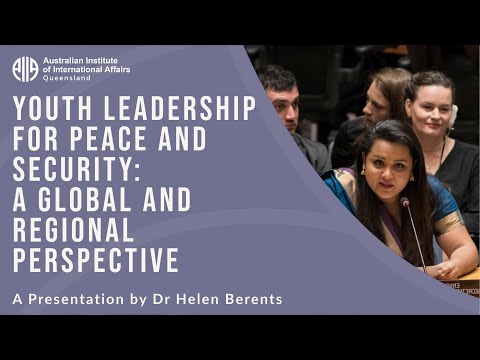November 8, 2023, 12:11 am
Youth make up a majority of the population in most violence-affected contexts, yet they have been frequently overlooked in peacebuilding efforts. The unanimous passage of UN Security Council resolution 2250 on Youth, Peace and Security in 2015 recognised for the first time the important contribution of youth for the ‘maintenance of international peace and security’. It has led to the establishment of a new international agenda for youth inclusion that has been adopted by international organisations, states, and civil society actors around the world.
Southeast Asia and the Pacific has been radically overlooked in the first seven years of the Youth, Peace and Security agenda despite being one of the youngest regions in the world with a median age of 28 years old. Recently, regional momentum for the agenda has accelerated, including attention from the ASEAN and the adoption of a National Action Plan on Youth, Peace and Security by the Philippines in 2022 (only the fourth globally). This talk examines how youth have come to be taken seriously by institutions internationally, before highlighting some key tensions and opportunities that have emerged with the agenda and pointing to possible directions in the region. Paying meaningful attention to youth leadership in peacebuilding offers opportunities for building more durable, inclusive peace in our region and beyond
Content Creator – Australian Institute of International Affairs





